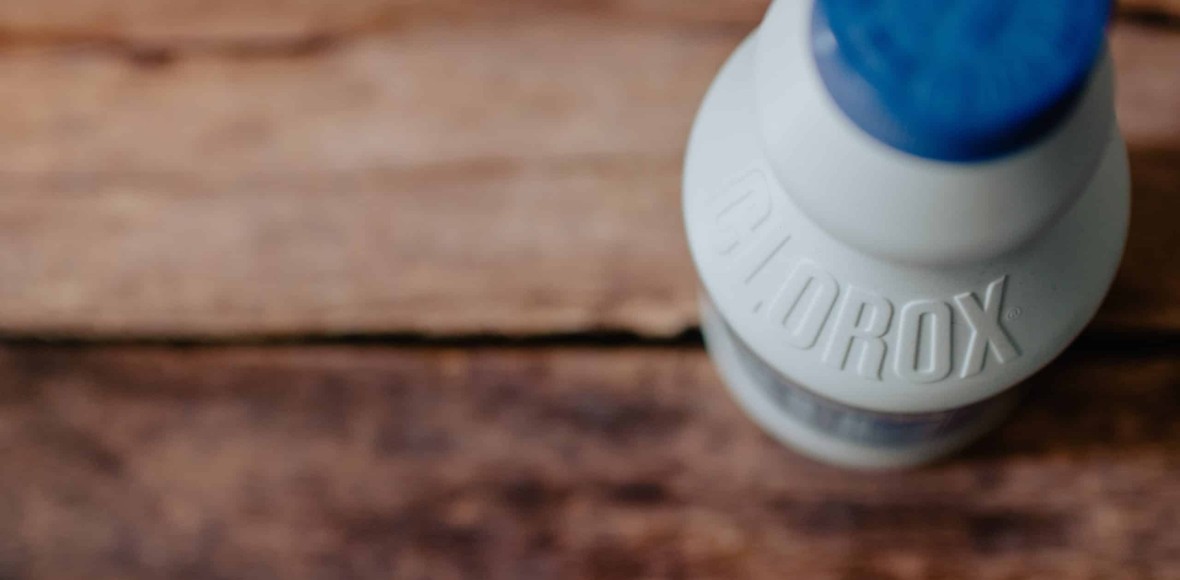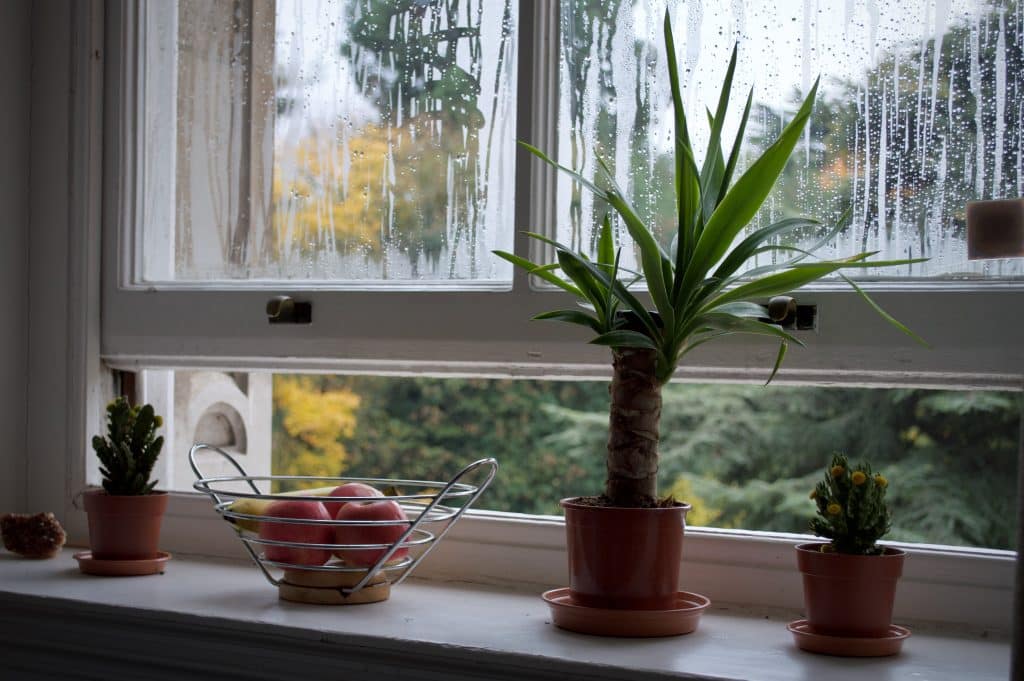
But wait…does bleach kill mold?
Most people have heard of mold. In fact, a good percentage of people dread the word but don’t know the facts about different types of mold, what it actually is, signs of mold in their home, and how to get rid of it.
When you discover mold in your home, you should act quickly. Otherwise, the mold will continue to grow. But simply grabbing a spray bottle and applying bleach most likely won’t be enough.
Yes, bleach does kill mold. However, bleach is not always the best defense against a possible mold infestation.
In order to understand why bleach works (but may not be the best solution for your mold problems), you have to get down to the basics of mold. Read on to find out what mold is and why using bleach to clean it may not be your answer.
Mold is a fungus that infiltrates porous surfaces, such as drywall, wood, and fabrics. Mold growth can happen quickly and cause allergic reactions and other adverse health effects in the people who come into contact with it.
Mold usually forms when surfaces are exposed to moisture. Humid, wet areas (like a bathroom) are mold’s playground, but the truth is that mold can rear its ugly head wherever there is moisture. This is especially true in tropical, humid climates like Florida.
There are many different types of mold, with the most notorious being the dreaded “black mold.” Fortunately, not all mold is black mold (even if it’s black in color), and not all mold causes health issues. Still, you don’t want it in your home.
People with allergies or immune issues can experience respiratory distress when exposed to mold, and it’s best to rid your home of it entirely.
Does bleach kill mold? Does bleach kill black mold? Those are loaded questions, and the short answer is “yes,” but the long answer is “no.”
On non-porous surfaces, your typical household chlorine bleach will do a fine job of getting rid of mold. Examples of where to use this type of bleach would be in bathtubs, around the bathtub, shower walls and flooring, glass doors, and tile floors.
This is because mold cannot grow very well into non-porous surfaces and therefore doesn’t create colonies within the material.
When cleaning mold, use one cup of bleach per gallon of water as a diluted bleach solution.
Keep in mind, however, that this is not a permanent solution. Any area that is frequently exposed to moisture has the potential to breed more mold. You can only continue to remove mold as part of your cleaning routine.
While bleach can be effective on non-porous surfaces, the opposite is true for porous surfaces such as walls and other organic materials.
See, the way mold works is that it roots. Deeply. These roots grow within surfaces. Imagine what you see, and multiply it by many layers of mold that you cannot see. This is when you need professional mold remediation.
On these types of surfaces, bleach does what it does best. It bleaches (whitens) the color of the mold, but doesn’t actually get rid of it.
Unfortunately, bleach can (counter productively) cause the mold to grow more rapidly. This happens because mold recognizes the bleach as a threat and multiplies at a faster rate. Then, because it’s quickly expanding, the mold actually roots deeper.
Additionally, using bleach in mass quantities can be as hazardous to your health as the mold itself. Take care when using bleach (that’s why there are warnings on the bottle), and make sure that your cleaning area is well ventilated.

Bleach can also damage your wall’s paint or finishing surface.
It’s also important to note that never, under any circumstances, should you mix bleach with other chemicals in an effort to get rid of mold. Not only will it not work, but you could damage your health beyond repair.
Mold can be dangerous. Bleach can be dangerous. So do we throw in the towel? Not so fast. Fortunately, there are some alternatives to bleaching mold that can be very effective.
A number of typical household products may be effective at mold removal. Tried and true remedies such as vinegar, baking soda, and hydrogen peroxide can permeate through surface mold and help to eliminate it.
However, these remedies are limited by the same things that bleach is. Mold roots deep, and these are topical solutions. No amount of vinegar, hydrogen peroxide, or elbow grease will completely uproot a mold colony that has seeped into porous surfaces throughout your home.
Your best bet is to prevent mold from ever taking root. As we said before, mold loves moisture so if you have a leaky pipe, a flood, or any type of water based issue in your home, seek out a professional water damage restoration company as soon as you spot the water. They can stop a mold issue before it begins.
And if you start to see mold in your home, call the professionals to make sure the outbreak can be stopped before it spreads.
While it’s true that bleach can work to kill mold in some circumstances, it’s merely a Band-aid for a deeper problem. It does not work on all surfaces, can cause long-term damage to your health and home, and doesn’t kill the root of the problem.
For mold issues, it is best to leave it up to the professionals to help you. Call us at Axel Works today if you are having mold problems and need the experts.
Leave a Reply